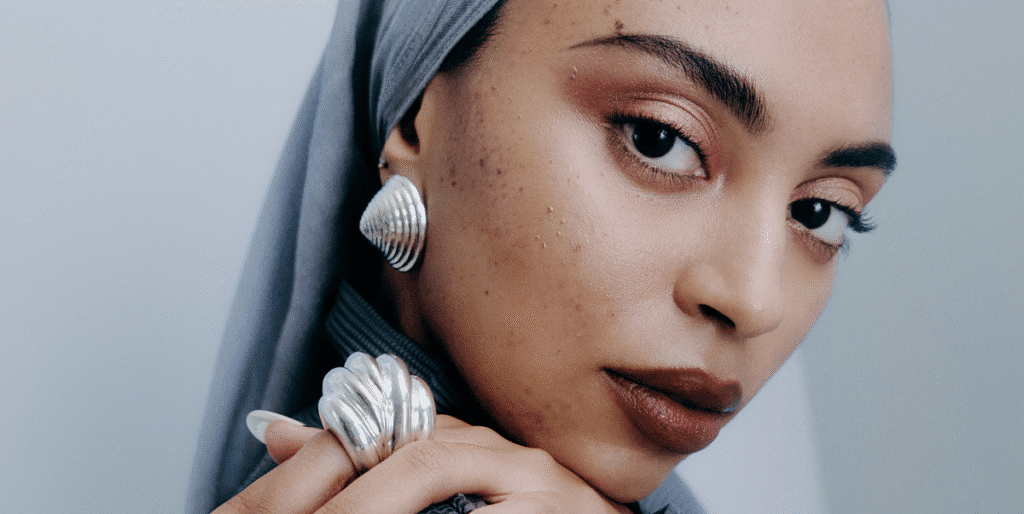Your Comprehensive Guide to Hormonal Acne: Causes, Treatments, and Solutions
Understanding Hormonal Acne
Hormonal acne is a term commonly used to describe inflammatory breakouts that occur primarily in women during their 20s and 30s. Dermatologist Mona Gohara, MD, explains that while all acne has a hormonal component, the sudden and uncomfortable manifestations characteristic of hormonal acne have garnered significant attention. In fact, studies indicate that over 50% of women experience this condition, leading to its classification as adult female acne.
Key Insights:
- Definition: Inflammatory acne linked to hormonal fluctuations.
- Common Symptoms: Cystic zits, blackheads, and whiteheads often appear around the chin and jawline.
What Causes Hormonal Acne?
Fluctuating Hormones
The primary trigger for hormonal acne is the fluctuation of hormones, particularly androgens, which increase oil production in the skin. Other causes include:
- Life Events: Periods, pregnancy, and PCOS.
- Lifestyle Changes: High stress, poor sleep, and diet.
- Medications: Changes related to birth control or corticosteroids.
Hormonal Influences:
Before menstruation, increased androgen levels can lead to excess oil production and faster skin shedding, resulting in clogged pores and breakouts, especially in hormone-dense areas like the chin.
Effective Strategies to Combat Hormonal Acne
1. Tailor Your Skincare Routine
A skincare regimen focused on treating acne is vital. Organic elements like mandelic acid can brighten pigmentation and manage skin health. Consider incorporating this into your daily routine for better results.
Examples of Mandalic Acid Products:
2. Explore Prescription Options
Prescription retinoids can revolutionize how you manage hormonal acne. They accelerate skin cell turnover, making it less likely for bacteria to thrive.
Recommended Products:
- Adapalene: Available in over-the-counter formulations like Differin or La Roche-Posay Effaclar.
3. Consider Hormone-Regulating Medications
Oral birth control and spironolactone are commonly prescribed to help stabilize hormones and reduce acne symptoms. Dermatologists usually advise a combination for enhanced effectiveness.
4. Manage Stress Levels
Stress can significantly affect hormones, amplifying acne. Aim for:
- 7-8 hours of sleep
- Regular exercise
- Healthy social connections to maintain lower cortisol levels.
5. Monitor Your Diet
A poor diet high in sugar can trigger hormonal spikes and subsequent breakouts. To combat this:
- Incorporate anti-inflammatory foods such as salmon and avocados.
- Limit sugar and processed foods.
6. Rethink Your Makeup Routine
Opt for non-comedogenic makeup to prevent clogged pores. Use online checkers like Sofie Pavitt’s formula tracker to ensure your makeup is acne-safe.
7. Track Your Menstrual Cycle
Understanding your cycle can help you predict flare-ups. Adjust your skincare routine accordingly to minimize breakouts before your period.
8. Utilize LED Treatments
LED light therapy can reduce inflammation and combat acne-causing bacteria. Regular use can lead to significant skin improvements.
9. Maintain Clean Bedding
Wash your pillowcases at least twice a week. Oils and bacteria from unwashed bedding can lead to increased acne. Use a gentle detergent to avoid skin irritation.
10. Consider Laser Treatments
Look into professional options like AviClear, which decreases the activity of oil-producing glands. It’s important to pair this treatment with a solid skincare regimen for effective results.
Final Thoughts
Managing hormonal acne requires a comprehensive approach that encompasses both skincare and lifestyle changes. For personalized treatments, consult with a dermatologist who can guide you through defining your unique skincare needs.
Relevant Resources
By applying these strategies and being consistent, clearer skin is achievable. Use these tips as a roadmap to understanding and managing your hormonal acne effectively.


